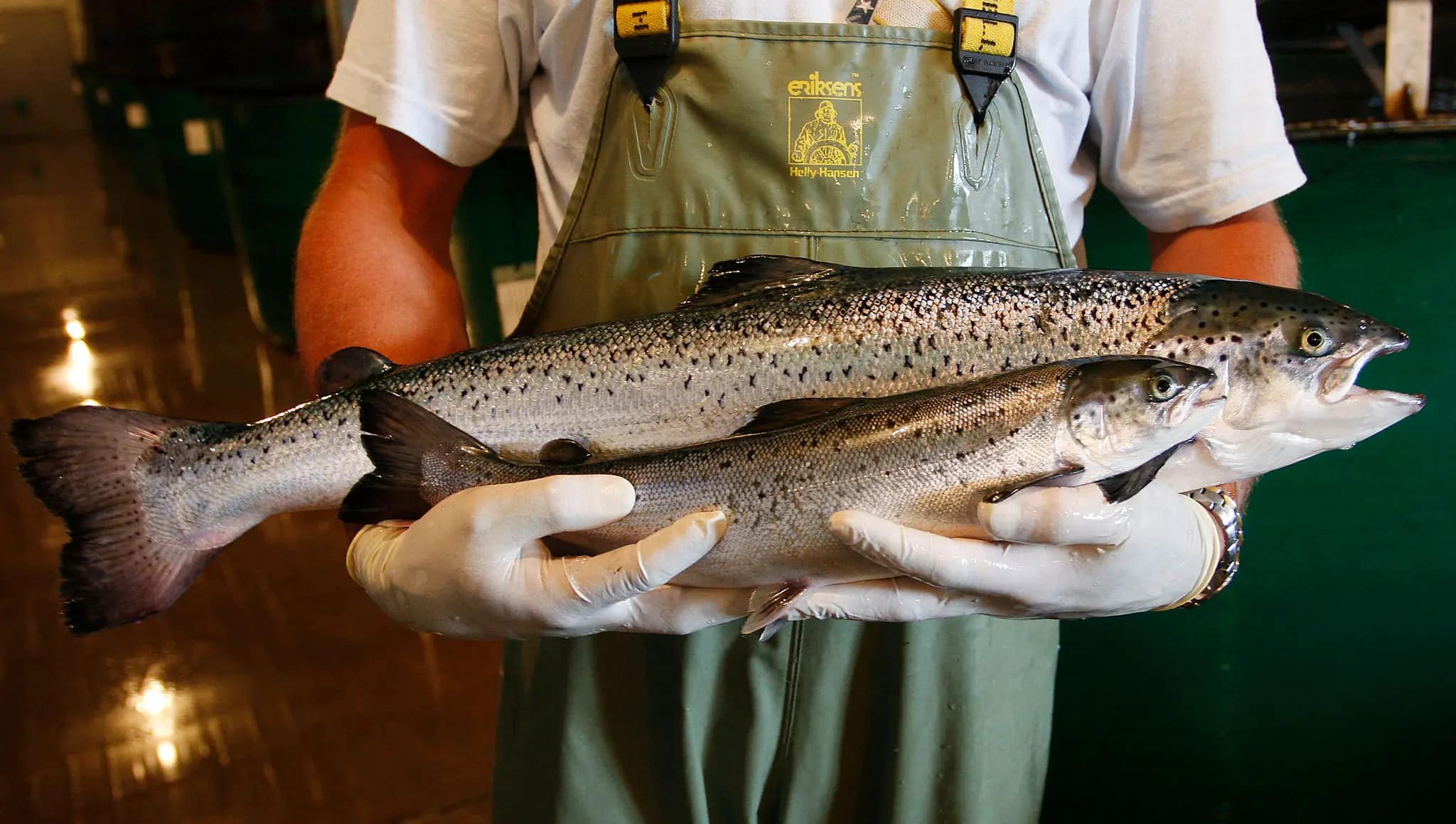Key Takeaways
- Revenue Increase: AquaBounty reported a 12% year-over-year increase in product revenue, marking a rise to $733 thousand in Q3 2023 from $653 thousand in Q3 2022.
- Net Loss Growth: The company experienced an increased net loss of $6.1 million in Q3 2023, up from a $5.4 million loss in the same period last year.
- Cash Position Decrease: AquaBounty's cash reserves, including restricted cash, have significantly decreased to $17.8 million as of September 30, 2023, from $102.6 million at the end of 2022.
- Costly Expansion: New cost estimates for completing the Ohio farm construction have increased substantially to $485 – $495 million, reflecting current inflationary pressures on labor and materials.
- International Collaboration: The company has entered into a Memorandum of Understanding with Noble Salmon to develop a salmon farm in Georgia, representing the first step in its strategy to expand into additional salmon markets internationally.
AquaBounty Technologies, Inc. (NASDAQ: AQB), a pioneer in land-based aquaculture and technology-driven sustainability, has released its financial results for the third quarter and nine-month period ending September 30, 2023. Despite a complex economic backdrop, the company has shown resilience and a clear commitment to its growth and sustainability goals.
The third quarter saw AquaBounty generating $733 thousand in product revenue, marking a solid 12% increase compared to the third quarter of 2022. This growth comes amidst a challenging period for the aquaculture industry, indicating robust demand for the company's genetically engineered Atlantic salmon.
However, the quarter had its challenges. AquaBounty reported a net loss of $6.1 million, a jump from the $5.4 million loss recorded in the third quarter of the previous year. The increase in net loss can be attributed to various factors, including the decline in market prices for Atlantic salmon, which started to impact the company in the second quarter.
A significant concern for stakeholders is the decrease in the company's cash reserves. From a strong position of $102.6 million in cash and cash equivalents at the end of December 2022, the balance has dwindled to $17.8 million as of September 2023. This reduction points to heavy operational and expansion-related expenditures over the nine months.
A significant development in the quarter was the revision of the cost estimate for completing the Ohio farm construction. Due to an “inflationary environment for labor and materials,” mainly concrete and piping, the estimated total project cost now ranges between $485 and $495 million, of which approximately $140 million has been spent. This estimate also includes the cost of a water/wastewater treatment facility that aligns with the company's environmental stewardship ethos, ensuring that water returned to the local environment is as clean as when it was sourced.
Regarding funding this substantial project, AquaBounty is negotiating with various financial entities, including a plan to place a mix of taxable and tax-exempt bonds to resume construction on the Ohio farm.
Internationally, AquaBounty has taken significant strides by entering into a memorandum of understanding with Noble Salmon to develop a Recirculating Aquaculture System (RAS) salmon farm in the Republic of Georgia. This move is strategic, tapping into the local expertise of the Benish Group and signaling AquaBounty's foray into expanding its operational footprint in new markets through strategic partnerships.
Sylvia Wulf, Board Chair and Chief Executive Officer, remains optimistic about the company's trajectory. “While we face challenges in the short term,” she stated, “the demand for our product and our ongoing efforts to refine and improve our operations give us confidence in the future. Our international expansion is also a testament to our capabilities and commitment to sustainable practices.”
AquaBounty continues emphasizing its role in providing sustainable and environmentally friendly aquaculture solutions. With land-based farms that minimize the carbon footprint and negate pollution risks associated with traditional sea-cage farming, the company is poised to address the pressing issues of food insecurity and climate change, all while striving to meet its financial objectives.
Image provided by the NYT


